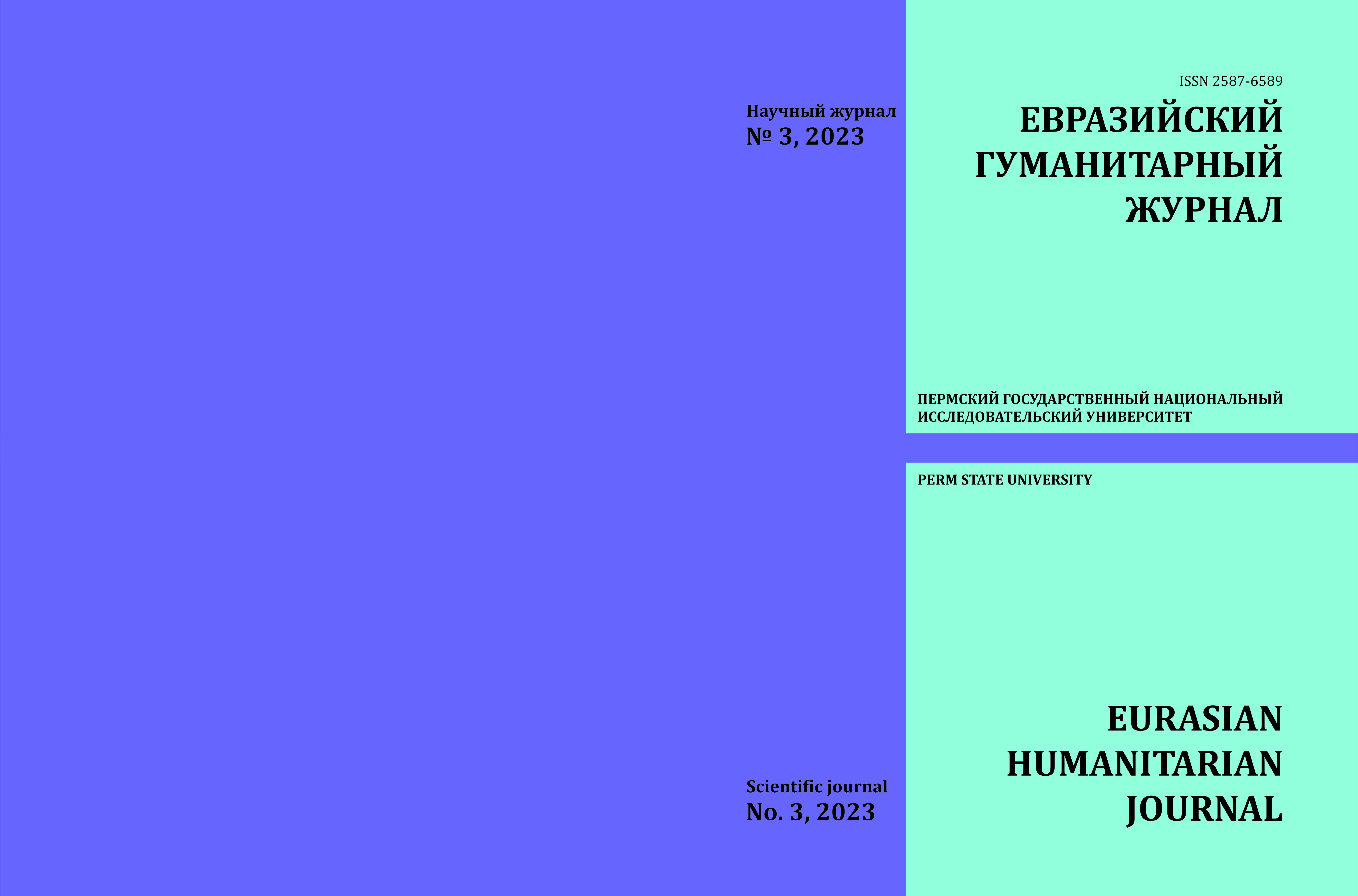STYLING FEATURES OF A MEDIEVAL LEGAL DOCUMENT
Keywords:
functional stylistics, functional styles, formal business style, official document, legal document, legislative substyle, Old FrenchAbstract
This article deals with an ancient legal document in Old French, compiled in the 13th century and bearing the name Coustumes de Beauvaisis (fr. Coustumes de Beauvaisis). The analysis of the text is carried out from the point of view of its possession of the features of a document belonging to the official business style. The document under study is of great interest because it reflects the culture, consciousness, values of the people who lived in the Middle Ages in France, and is a written evidence of how the social life of that time was regulated, when there was a strengthening and centralization of royal power, the gradual elimination of feudal fragmentation and, in parallel with this increase in the domain (lands) that belonged to the king. The influence of the king grew, in connection with which the question of organizing the management of a large territory seriously arose, which required an administrative reform, as well as bringing the legal system of France to a uniform system. It was during that period that the currently known collections (codes) of law were created: the Great Coutum of France, the Great Coutum of Normandy, the Coutums of Toulouse, the Coutums of Bovezi, etc. It should be noted that in medieval France, in the legal sphere, mainly Latin was used, which coexisted with French. The latter gradually penetrates into the legal sphere, displacing Latin. Moreover, it was the language of codes, ordinances, orders that played an important role in the formation of the norms of the French written and literary language. The analysis of the document in the article is carried out from the point of view of functional style, which determines the features characteristic of each of the styles. So, for the official business, the relevant are the calling to regulate certain relations, the obligatory-prescriptive nature, the accuracy that does not allow for interpretation, the impersonal nature, the presence of a speech standard (special terminology, clichés), unemotionality. At the same time, it is necessary to distinguish between business and official documents. The latter regulate processes over a sufficiently long period of time, therefore they are distinguished by the presence of forms characterized by timelessness. The analysis of the code of legal rules in Old French presented in the article indicates that it belongs to official documents. It regulates and provides ways to solve the problems of everyday life, it is characterized by de-actualization of time, impersonality, voluntariness and prescriptiveness, clarity, clarity and unambiguity, which are expressed at the lexical, syntactic levels, clear structuredness, accuracy that does not allow for different interpretations. An analysis of an ancient legal document shows that the formation of functional styles, their existence is a natural process in the life of human society, regardless of the historical period.Downloads
Published
2023-08-22
Issue
Section
ПЕРЕВОДОВЕДЕНИЕ

